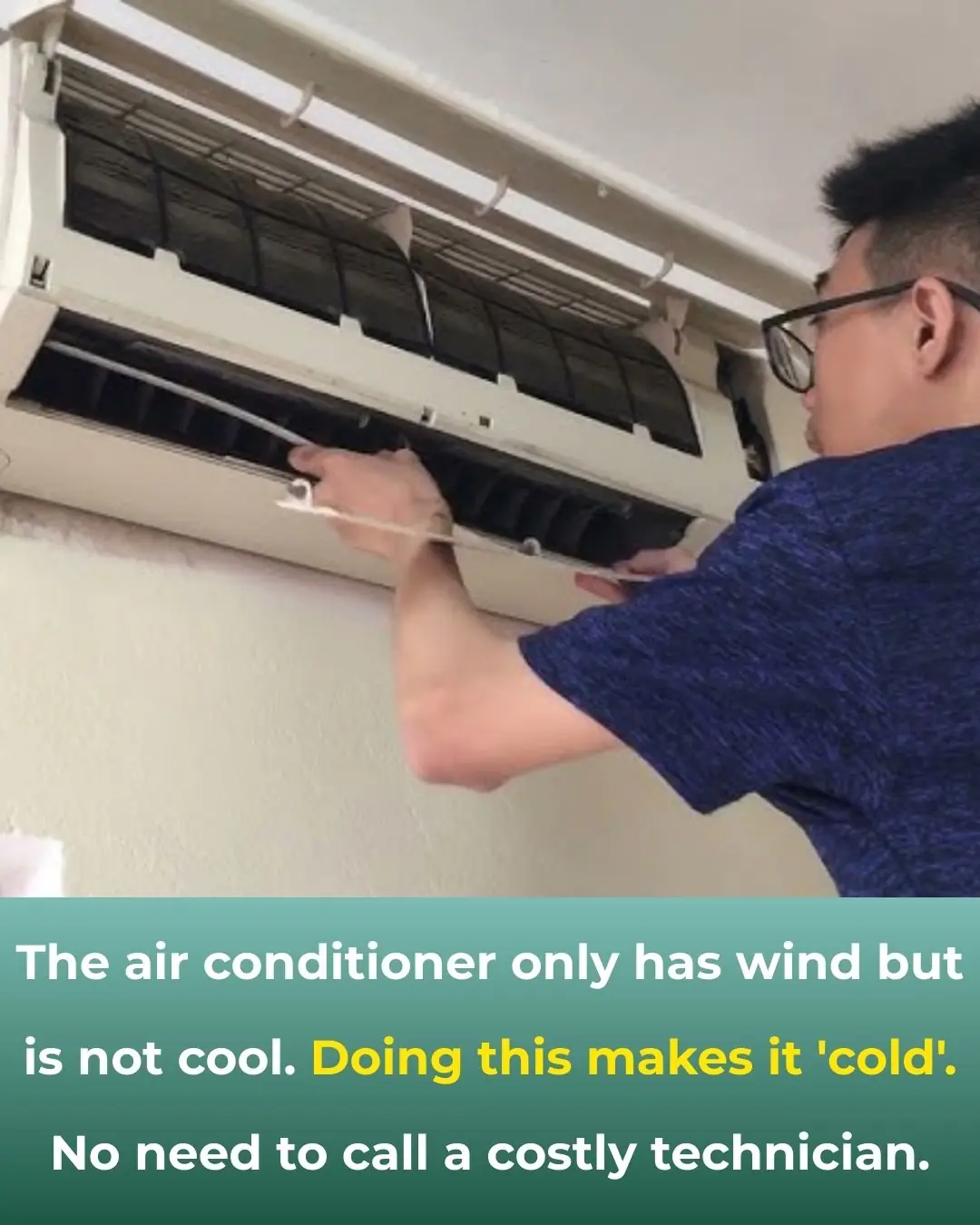
You are doing it all wrong. Here’s the right way to clear sinus pressure fast
Sinus pressure can be extremely uncomfortable, often leading to headaches, facial pain, congestion, and a general feeling of heaviness around the eyes and forehead. Many people try different home remedies hoping for quick relief, but not all techniques are effective — and some can actually make the discomfort worse. Using the right strategies is essential for reducing pressure safely and efficiently.
In this expanded guide, we’ll break down the common mistakes people make when trying to relieve sinus pressure, and we’ll provide detailed explanations of safer, more effective methods. With just a few adjustments, you can feel relief more quickly and avoid complications caused by improper sinus-clearing techniques.
1. Don’t Blow Both Nostrils Hard at the Same Time
Blowing your nose too forcefully can push mucus back into the sinus cavities rather than removing it. This increases pressure, can irritate the sinuses, and may even create ear discomfort due to the sudden change in pressure within the nasal passages.
Instead, gently blow one nostril at a time. Cover one nostril with a tissue and blow softly through the other. This slower method minimizes inflammation and is far safer for your sinuses. If you notice popping or pain in your ears, it’s a clear sign you’re still blowing too hard and should adjust your technique.
2. Sit Upright Rather Than Lying Flat
When you lie completely flat, mucus has a tendency to accumulate in the sinus cavities, worsening congestion and pressure. Sitting upright or maintaining an elevated head position allows gravity to assist in drainage, making breathing easier.
Try to keep your head elevated at least 30 degrees when resting. At night, use an extra pillow or a wedge pillow to maintain this position. This simple adjustment helps reduce nighttime pressure and makes mornings much more comfortable.
3. Start With Warm Compresses
Warm compresses are one of the simplest yet most effective ways to reduce sinus pressure. Heat helps improve circulation, relax tight facial muscles, and open the nasal passages, making it easier for mucus to drain.
To make a compress, soak a clean cloth in warm water, wring it out, and apply it to your forehead, nose, and cheek area for 10–15 minutes. Repeat several times a day if needed. The slow, gentle warming effect can bring fast relief and help soothe inflamed tissues.
4. Stay Hydrated for Better Sinus Drainage
Hydration plays a major role in easing sinus pressure. When your body has enough fluids, mucus becomes thinner and easier to drain; when you’re dehydrated, mucus thickens and congestion worsens.
Aim for 8–10 cups of fluid per day, including water, broths, or herbal teas. Warm liquids are especially soothing because they help loosen mucus. Try to limit alcohol and caffeinated beverages, which can dry out the sinus membranes and counteract your efforts.
5. Use Nasal Irrigation Techniques Carefully
Nasal irrigation is a highly effective way to flush out allergens, mucus, and irritants from your sinuses. Tools like neti pots or saline squeeze bottles are popular choices. However, the key is using safe water.
Always use distilled water or water that has been boiled and cooled to room temperature. This prevents contamination and ensures safe rinsing. Using a gentle saline solution once or twice daily can dramatically improve comfort, especially during allergy season or when congestion is severe.
6. Consider Essential Oils for Additional Relief
Certain essential oils, particularly eucalyptus and peppermint, contain natural aromatic compounds that can help open nasal passages. You can add a few drops to a diffuser, or inhale steam from a bowl of hot water mixed with one or two drops of oil.
Be cautious, as essential oils are highly concentrated. Avoid applying them directly to your skin unless properly diluted, and discontinue use if you experience irritation. When used safely, they can provide a pleasant and soothing complement to other sinus relief methods.
7. Practice Deep Breathing Exercises
Deep breathing not only improves airflow but can also help relax facial tension and promote sinus drainage. Sit comfortably, inhale slowly through your nose, allowing your chest and diaphragm to expand fully. Hold the breath for a moment, then exhale through your mouth.
Repeat for 5–10 minutes. Focused breathing helps improve oxygen flow and may reduce the sensation of congestion, especially when combined with other sinus-relief strategies.
8. Apply Acupressure Points for Sinus Pain
Acupressure involves applying steady, gentle pressure to specific points on the face that correspond to sinus pathways. Effective locations include:
-
The base of the nose
-
The point between your eyebrows
-
The sides of your nostrils
Apply firm pressure for 30–60 seconds at each point. Many people find that this technique helps relieve tension and promotes drainage, offering quick, drug-free relief.
9. Try Spicy Foods to Stimulate Drainage
Spicy foods like ginger, chili peppers, and horseradish are natural decongestants. They stimulate the nasal passages and can temporarily increase mucus flow, helping the sinuses drain more effectively.
Adding a bit of spice to your meals may provide short-term relief. However, listen to your body — too much spice can irritate your stomach or throat, especially if you’re sensitive.
10. Keep Your Head Elevated While Sleeping
Maintaining an elevated sleeping position prevents mucus from settling in your sinuses overnight. Use an extra pillow or a wedge pillow to keep your head raised at least 30–45 degrees.
This position encourages proper drainage and reduces the risk of waking up congested or with increased pressure in the morning.
11. Keep Your Environment Humid
Dry air can irritate the sinus membranes, making congestion worse. A humidifier helps maintain an ideal indoor humidity level of 40–50%, which keeps the nasal passages moist and more comfortable.
Be sure to clean your humidifier regularly to avoid mold or bacteria growth, as dirty devices can worsen sinus issues rather than improve them.
News in the same category

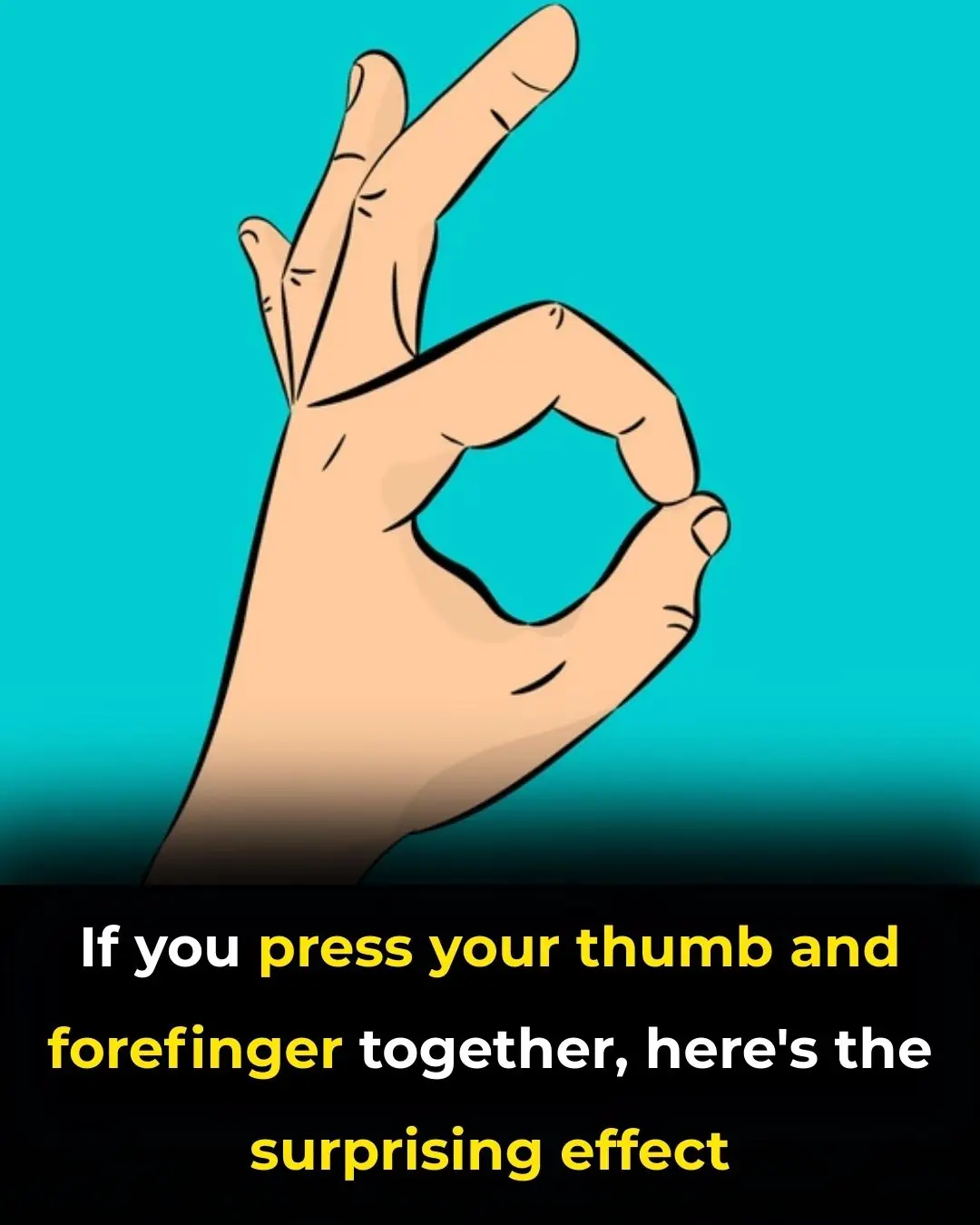
Had no clue about this
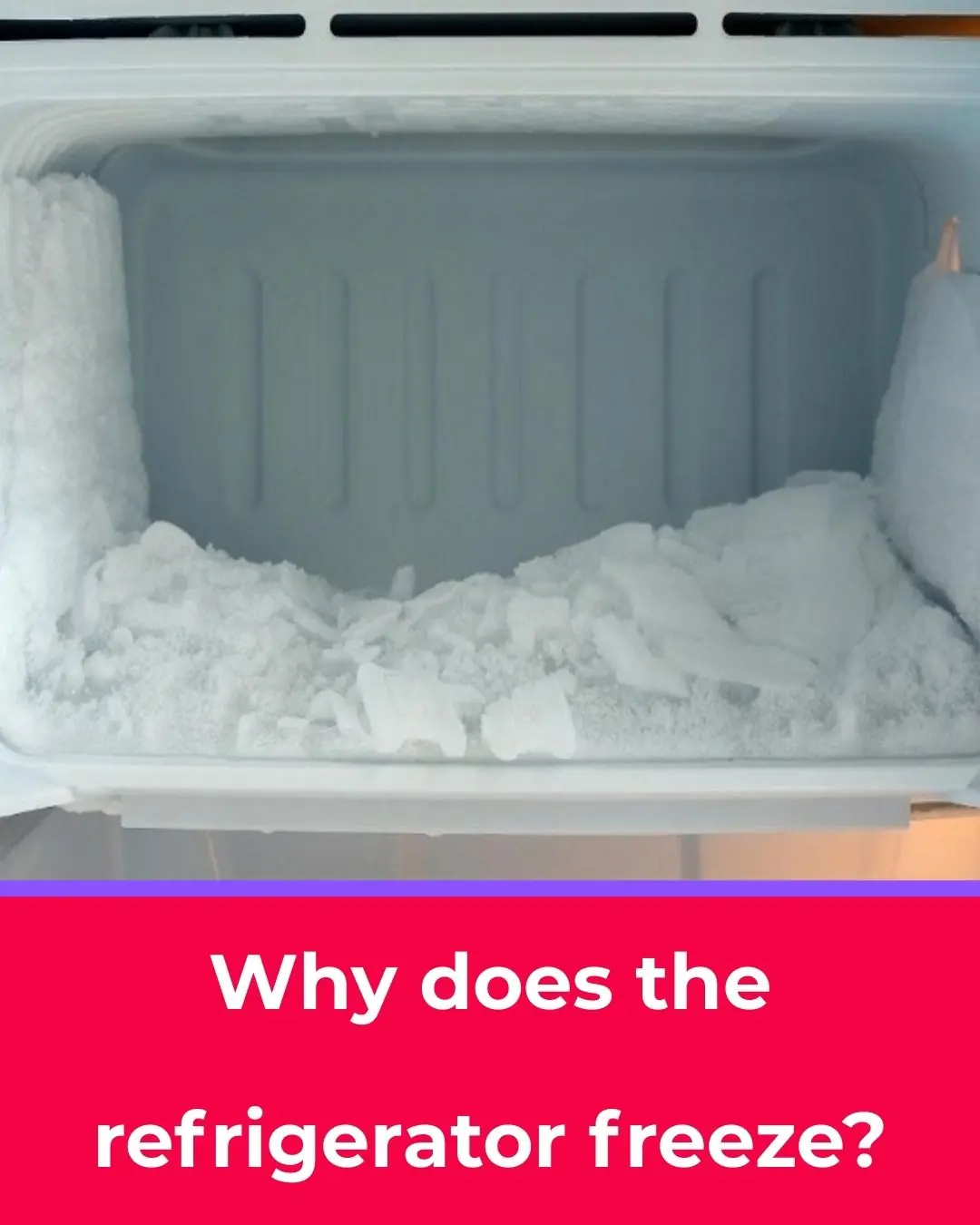
Why Does Your Refrigerator Frost Over and Does It Increase Electricity Consumption?
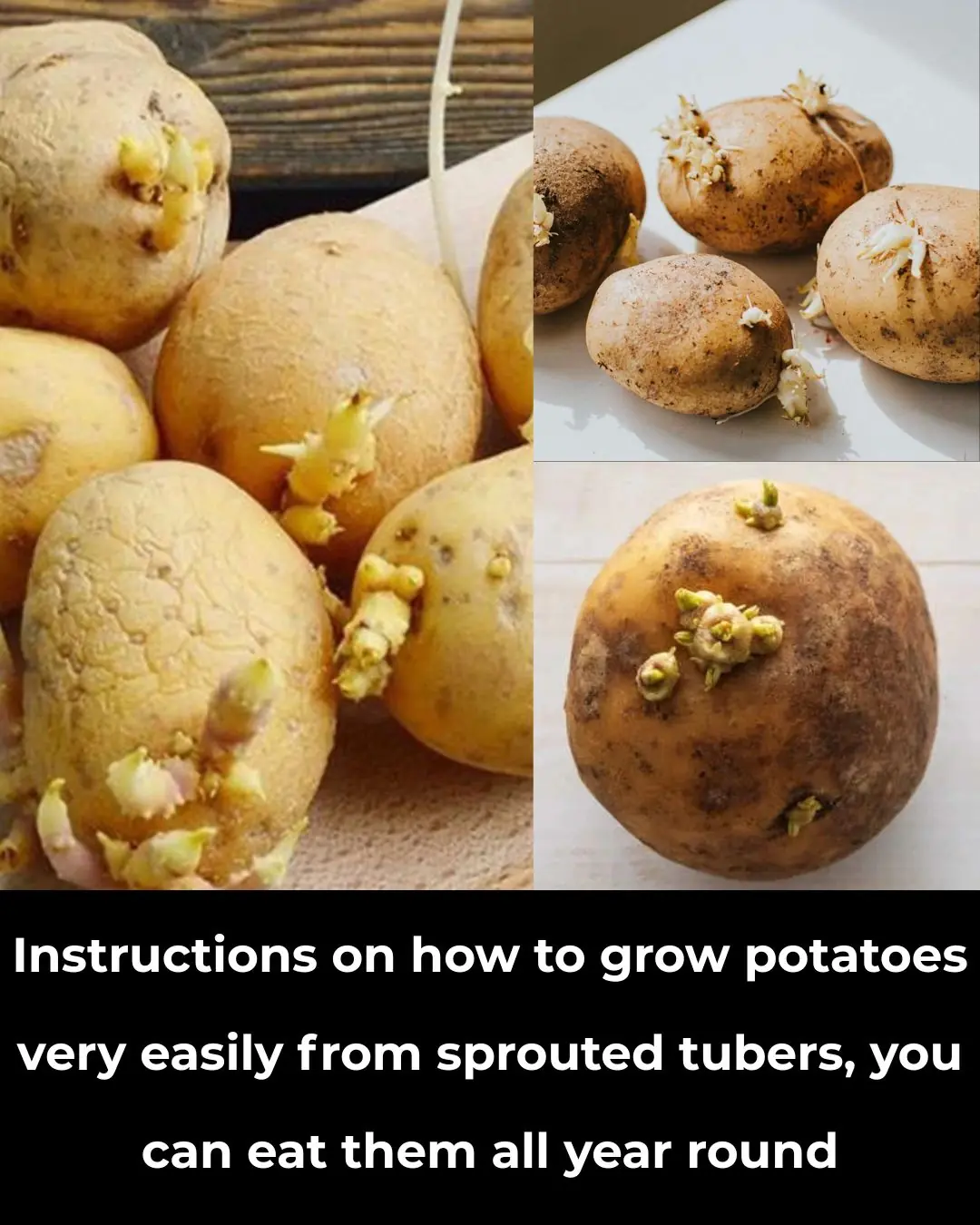
How to Grow Potatoes Easily from Sprouted Tubers and Enjoy Them All Year Round

You are doing it all wrong. Here’s the right way to ease morning stiffness

Doctors Warn: 4 Types of Inflammation That Can Turn Into Cancer Within a Year If Left Untreated
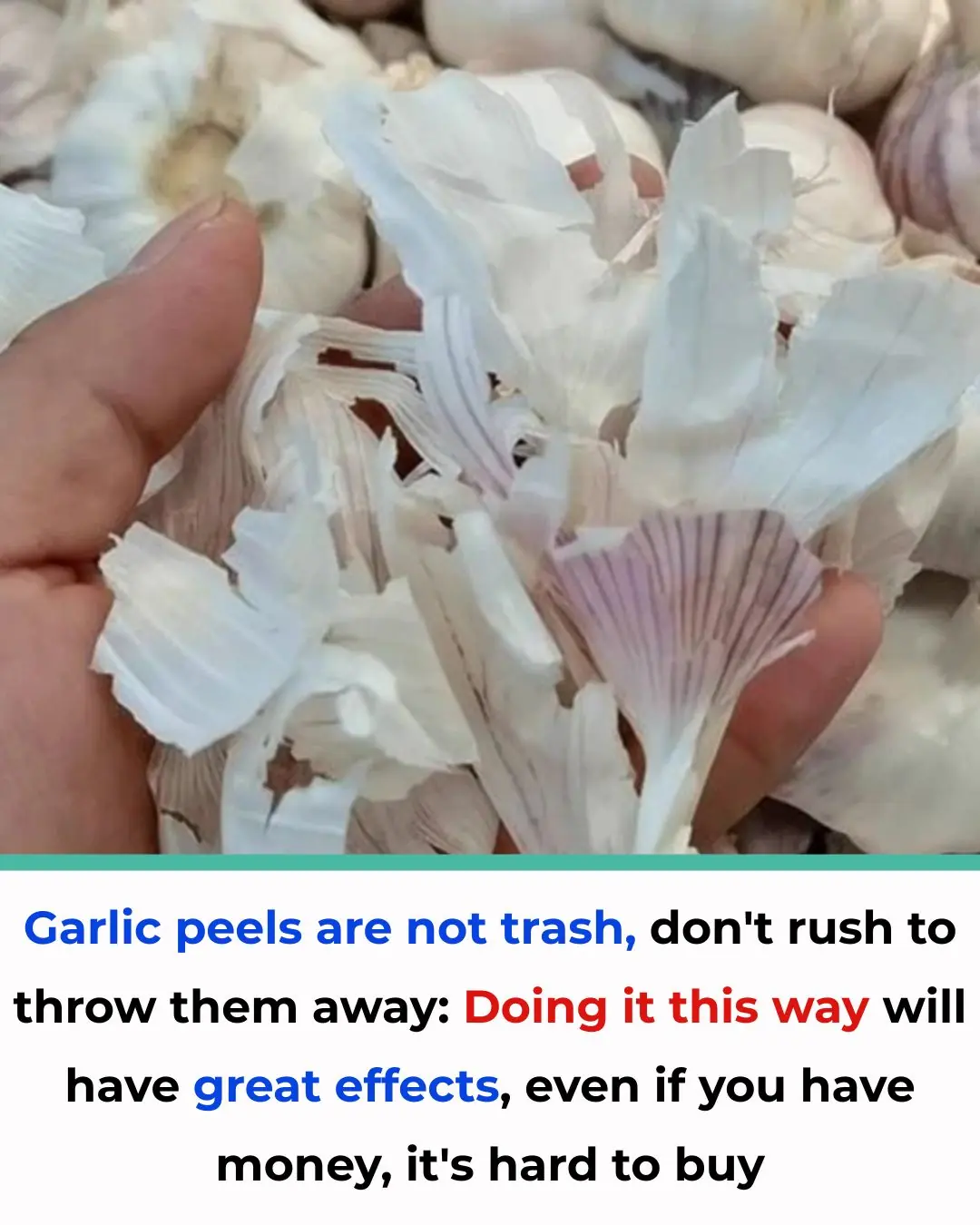
**Garlic Skins Are Not Trash — Don’t Throw Them Away Yet!

There are too many geckos in the house, give you some tips to make them 'once gone and never come back'
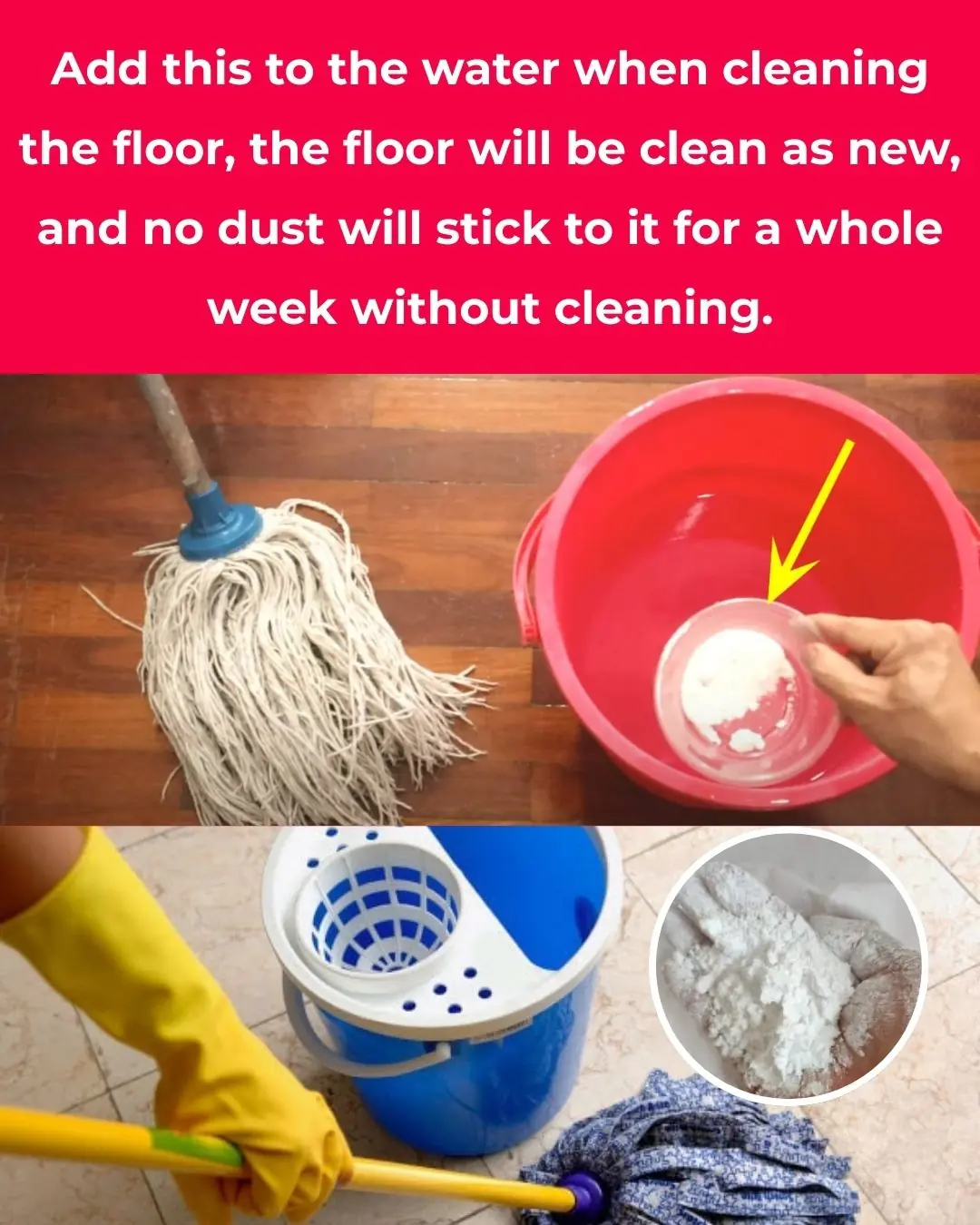
When cleaning the house, add this to the water and the floor will be as clean as new

How to boil chicken until it's soft and sweet

Washing your hair with rice water helps your hair get rid of dandruff

Experience growing tomatoes in fruitful pots
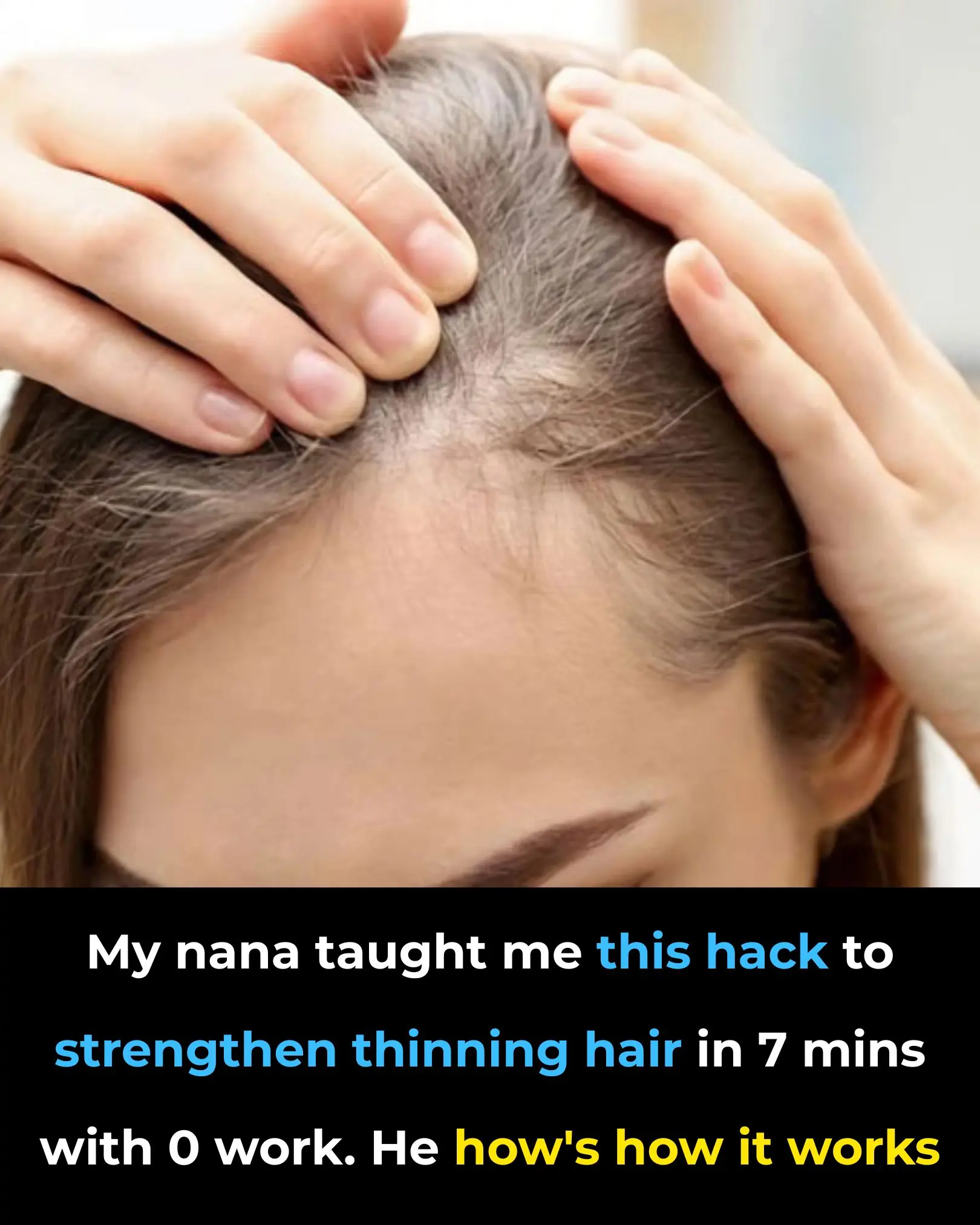
My nana taught me this hack to strengthen thinning hair in 7 mins with 0 work. Here’s how it works
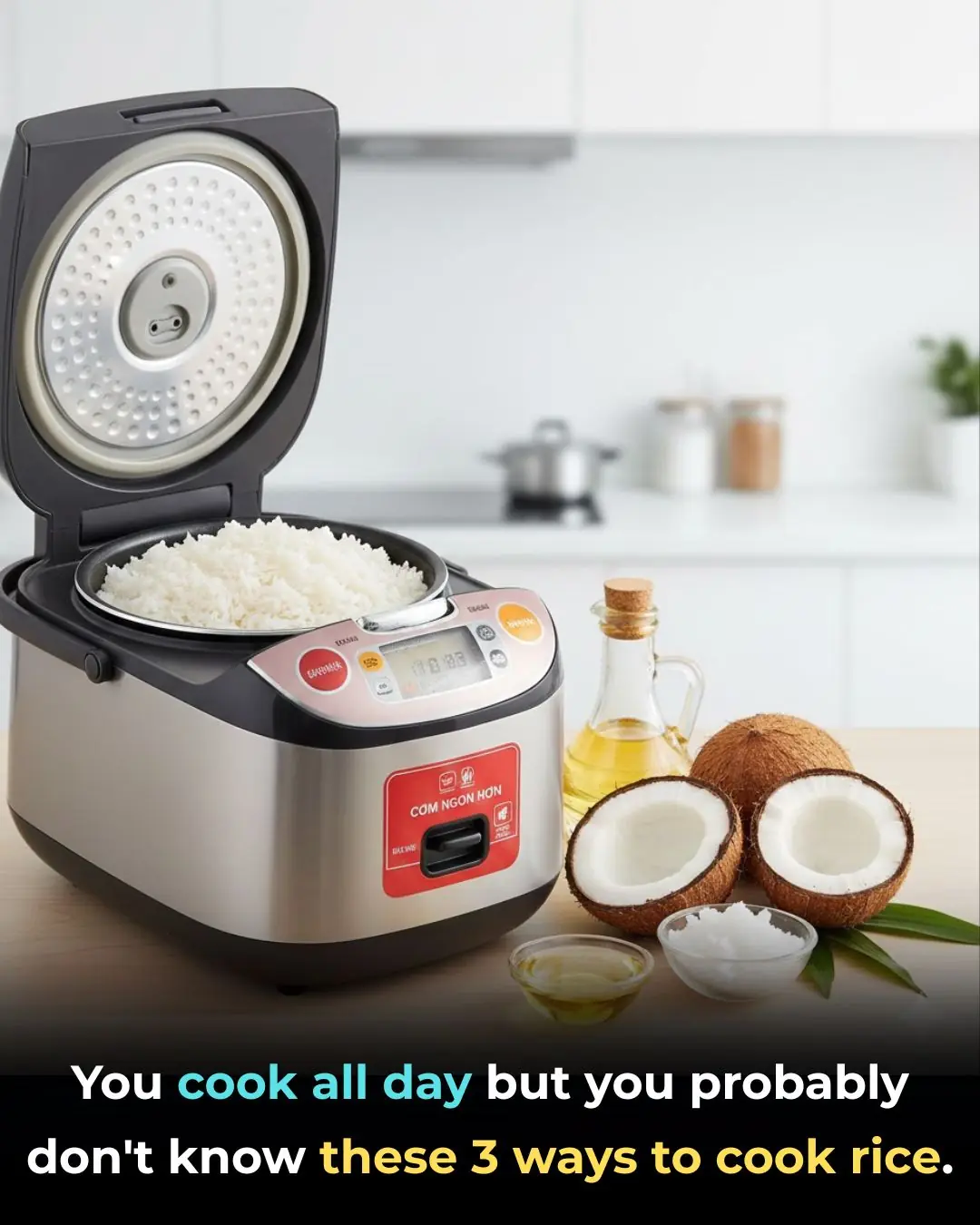
You cook all day but you probably don't know these 3 ways to cook rice.
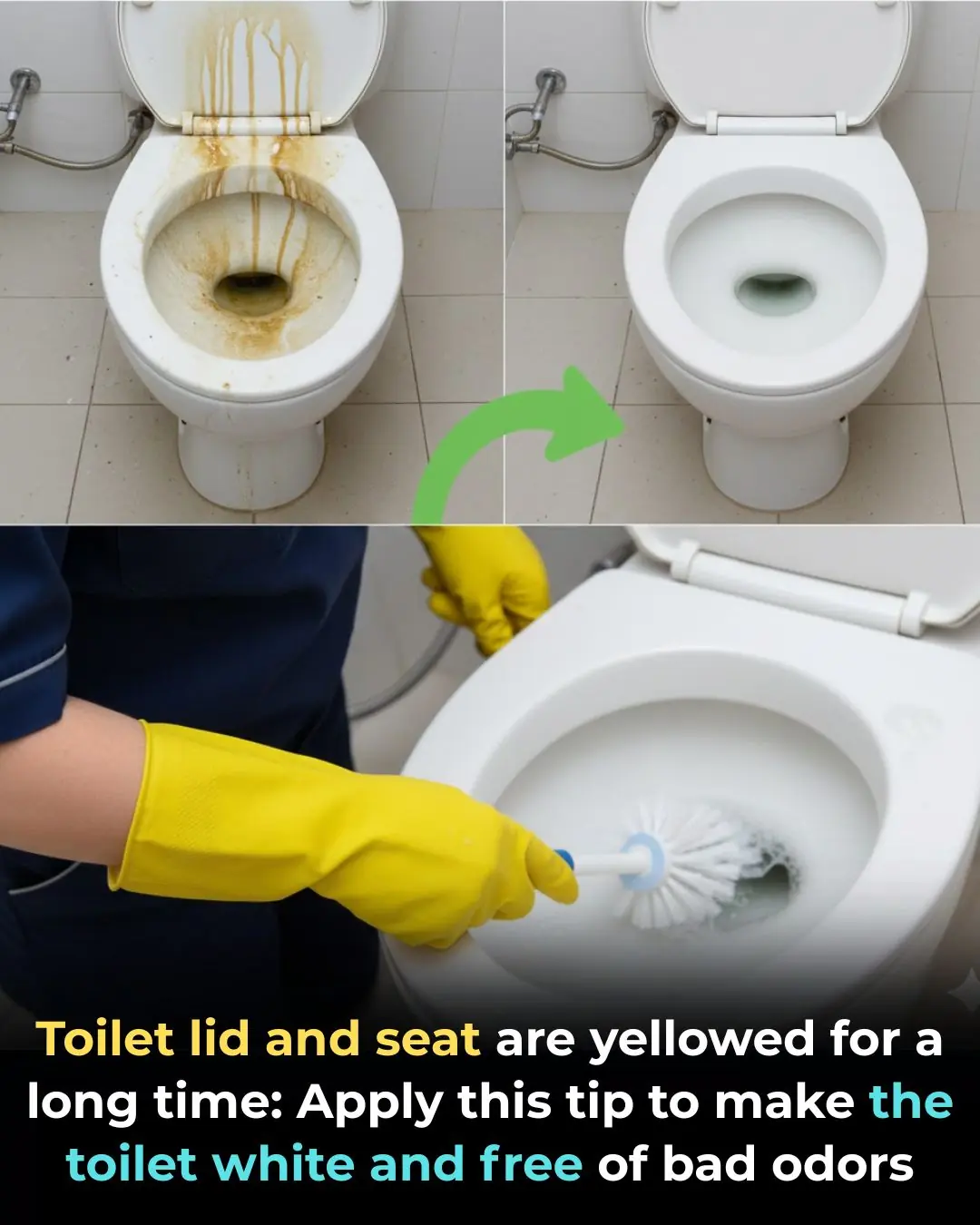
Toilet lid and seat are yellowed for a long time: Apply this tip to make the toilet white and free of bad odors
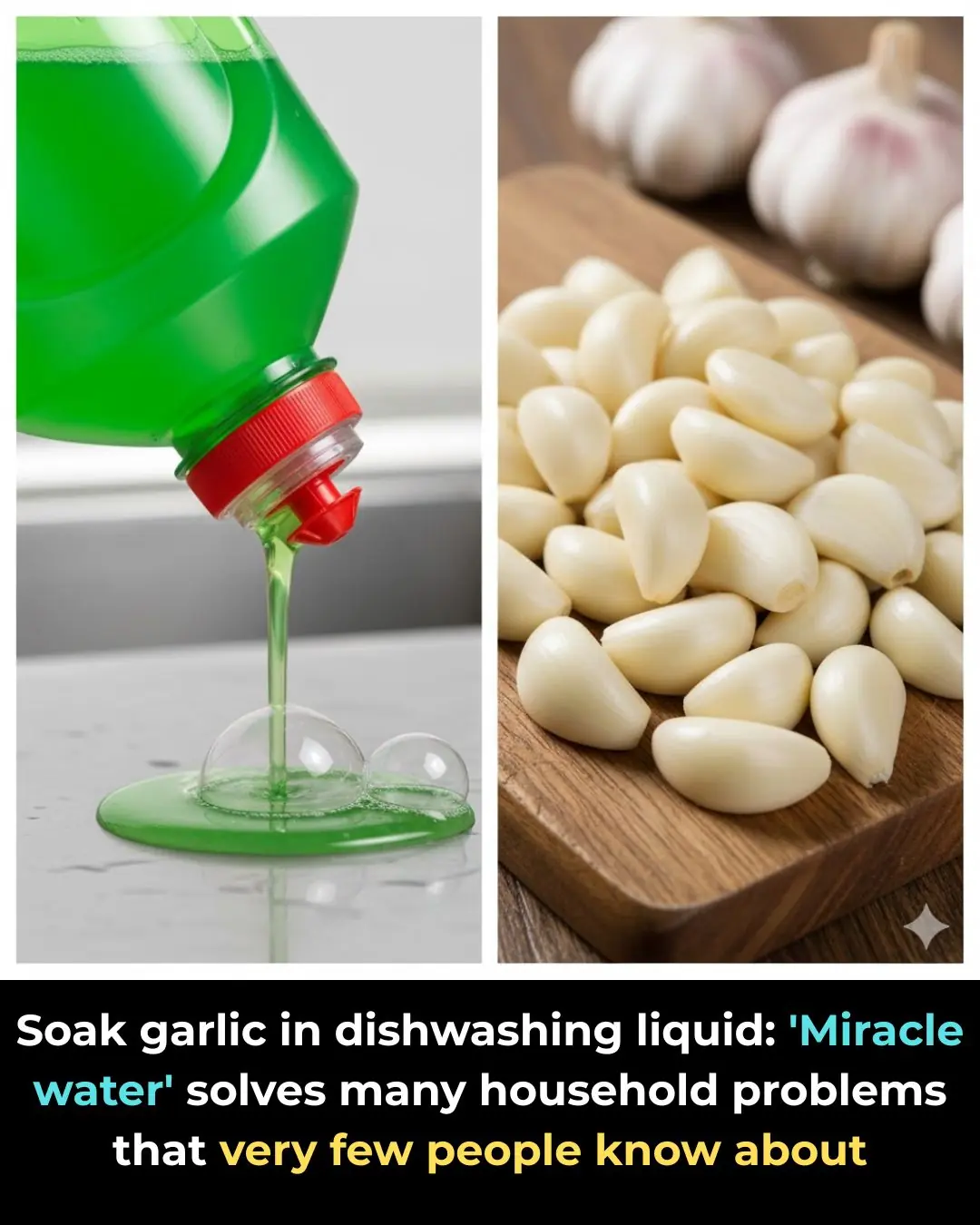
Soak garlic in dishwashing liquid: 'Miracle water' solves many household problems that very few people know about
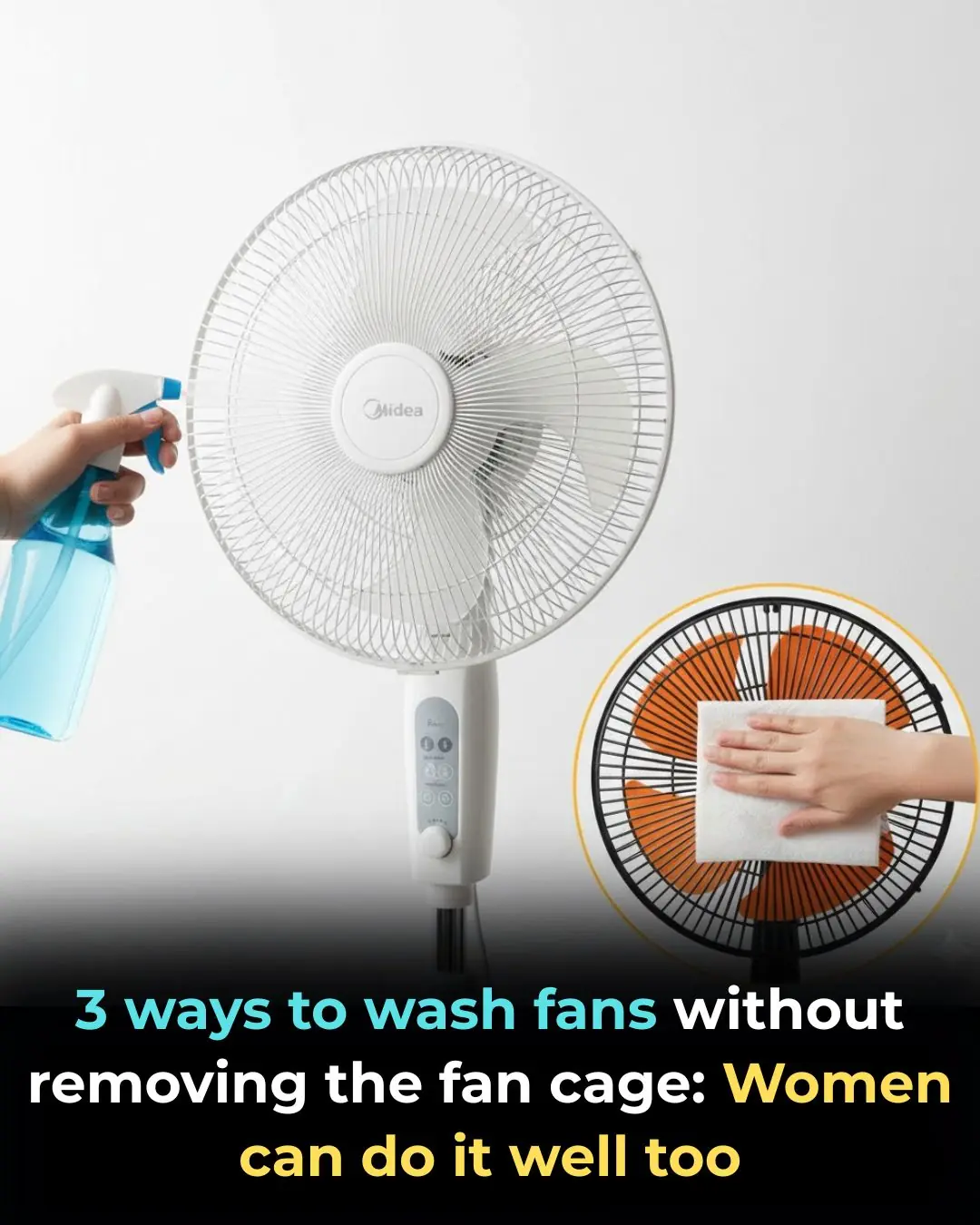
3 ways to wash fans without removing the fan cage: Women can do it well too

How to grow bitter melon to produce fruit and provide shade in your home garden
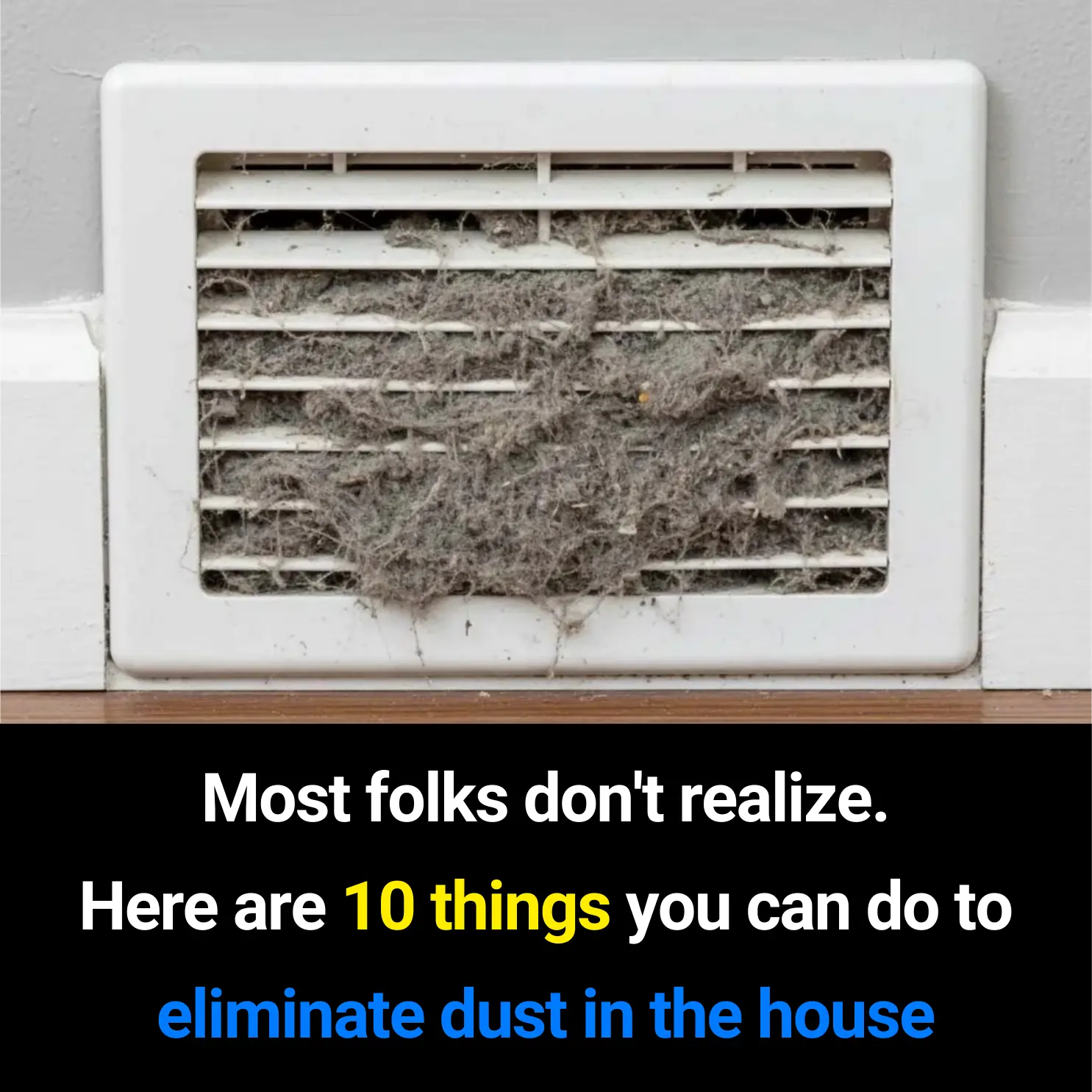
10 Effective Ways to Reduce Dust in Your Home – Keep Your Living Space Clean and Healthy
News Post

Unlock Radiant Skin: The Ultimate Guide to Using Beetroot Gel for Glowing, Spotless Skin
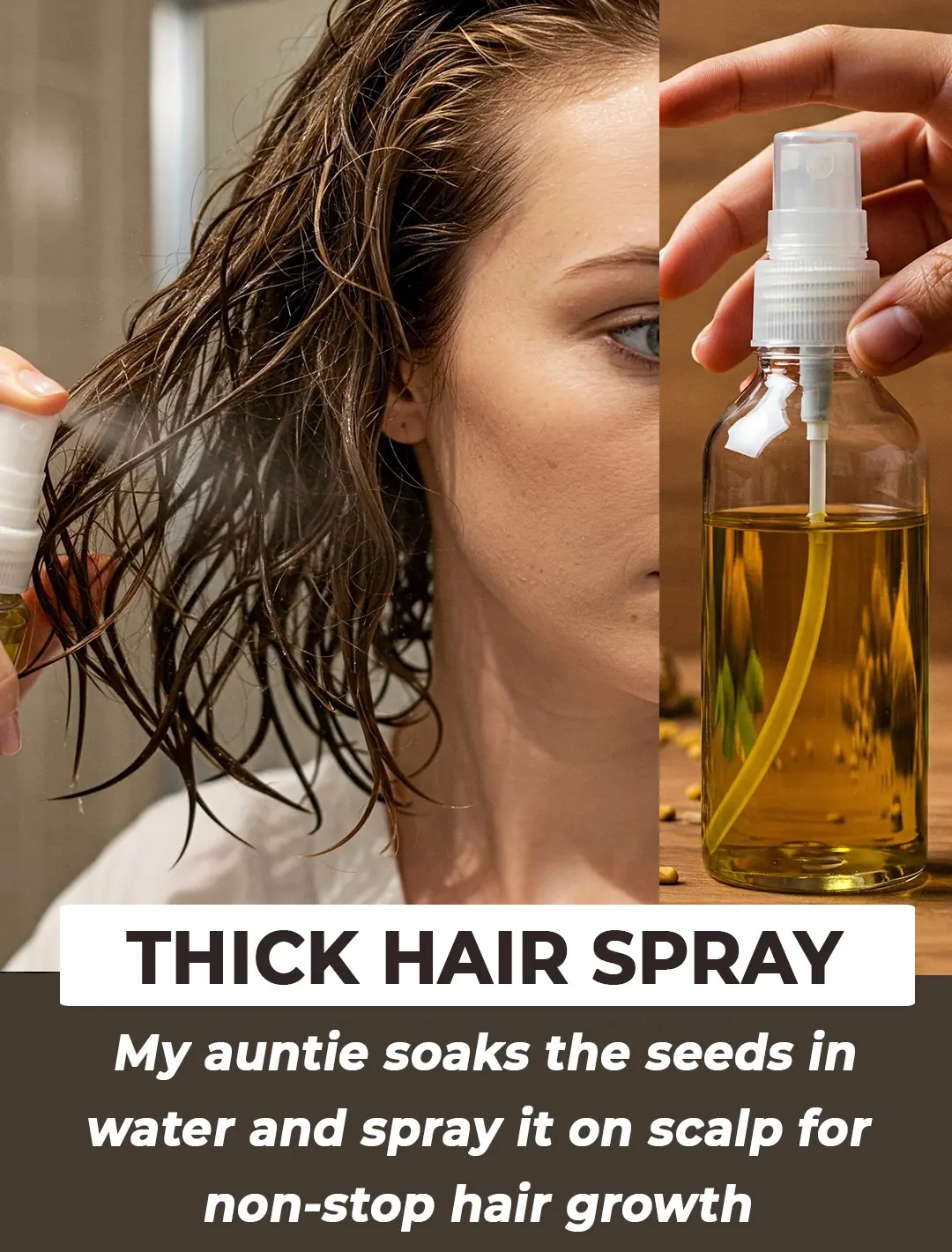
Fenugreek Seeds for Hair Growth: The Power of Fenugreek Hair Rinse and Its Benefits for Hair
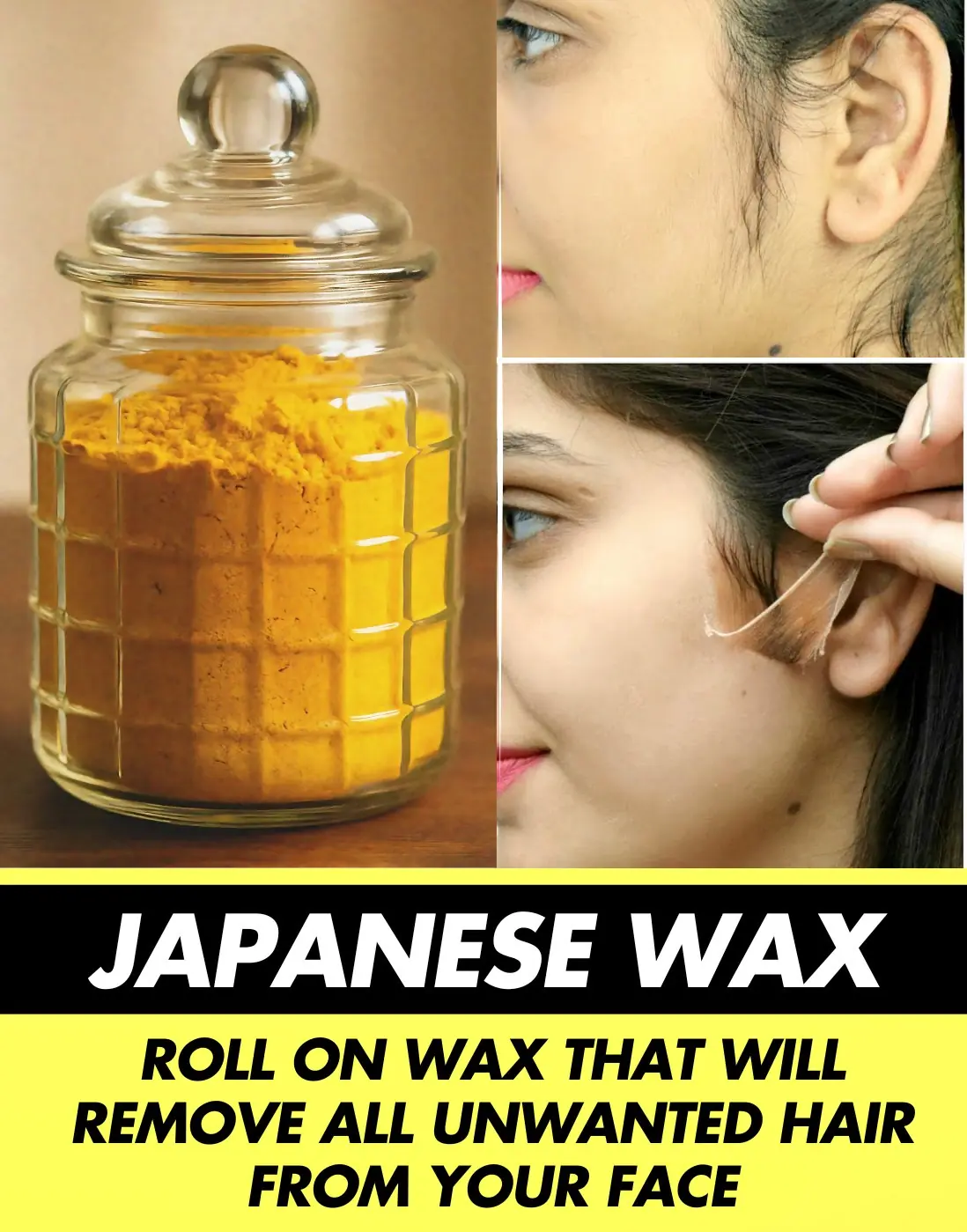
Japanese Milk Wax To Get Rid Of Unwanted Facial Hair
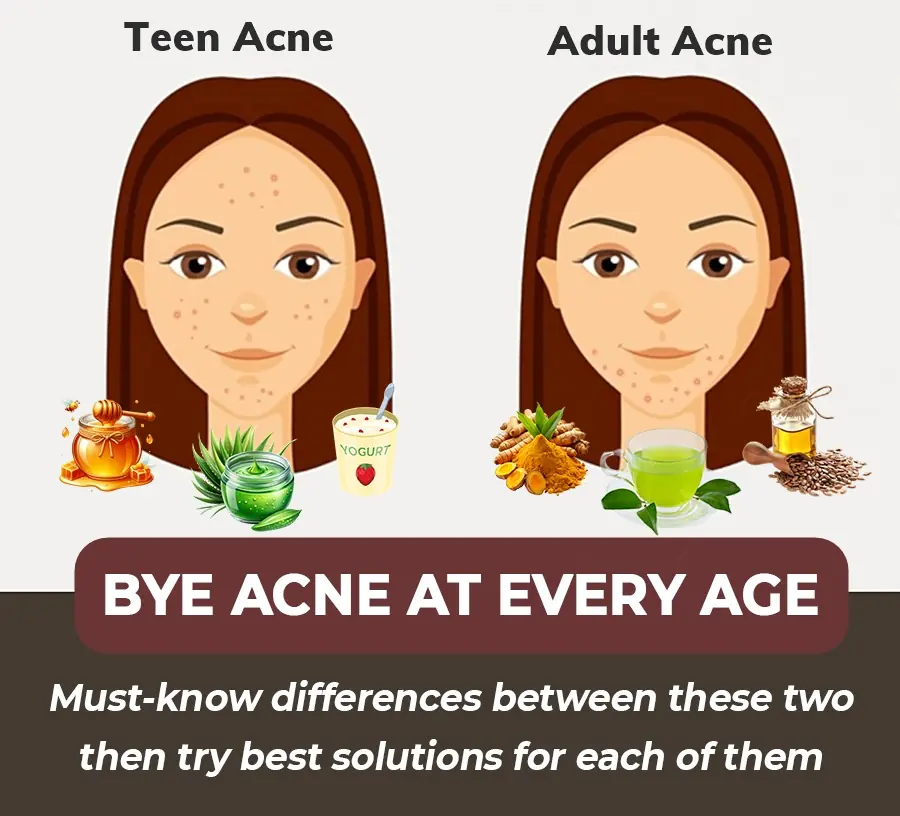
When Will I Outgrow My Acne? The Difference Between Adult and Teen Acne
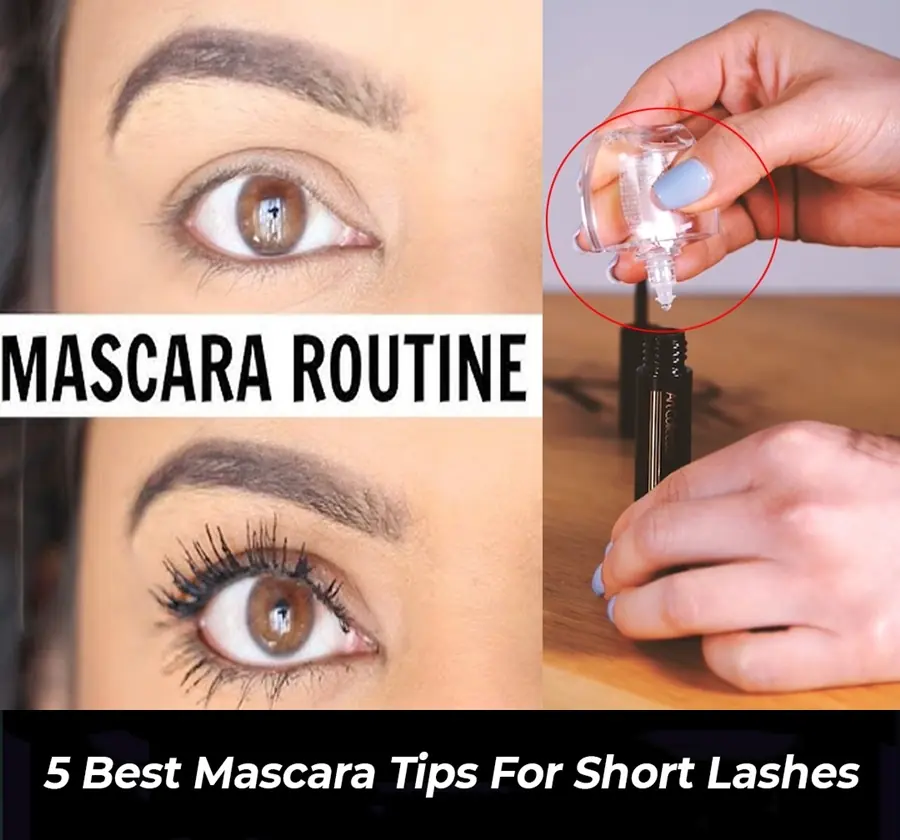
5 Mascara Tips For Short Lashes

LEVEL UP YOUR LASH GAME: Top 5 Tips for Eyelash Extension Success!
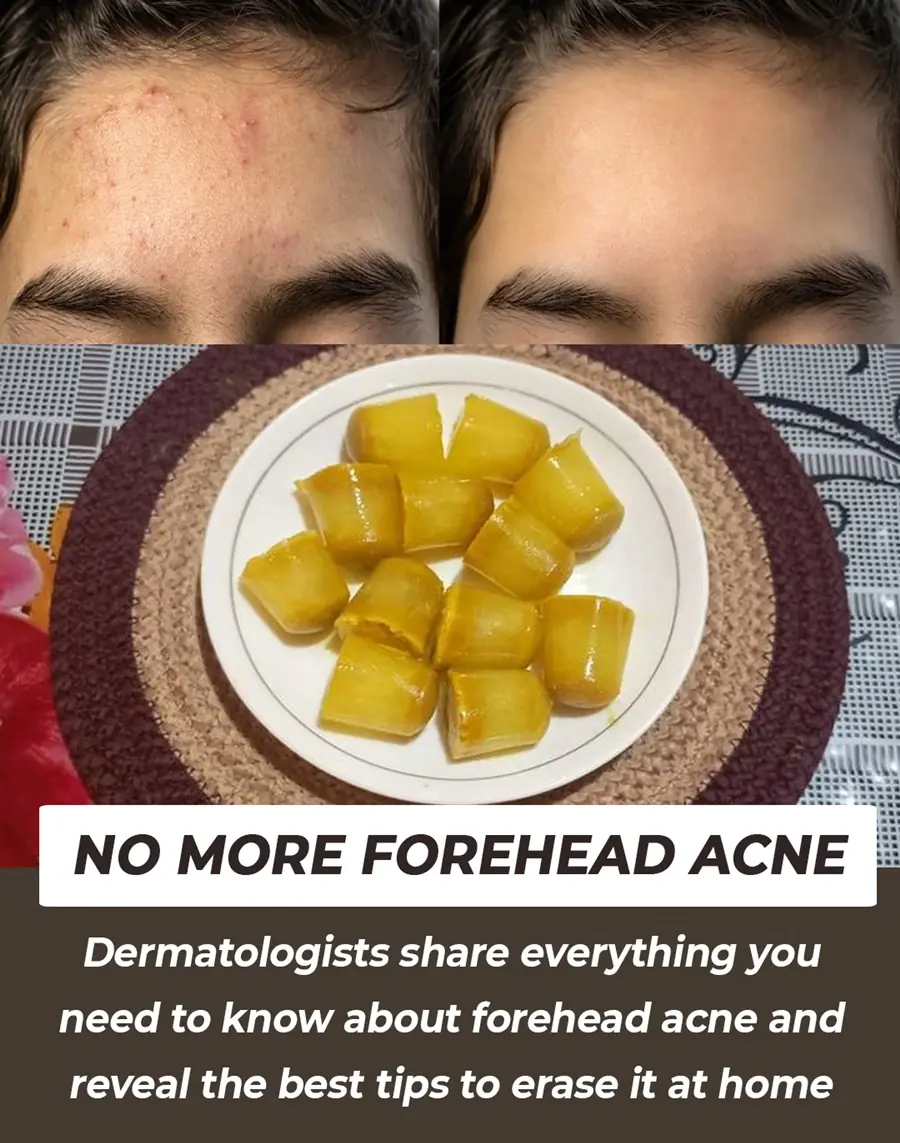
Forehead Acne and What to Do About It

11 Common Eyebrow Mistakes Women Make in Their 60s (And How to Fix Them!)

How to Prevent and Treat Age Spots: Expert Tips for Radiant Skin

5 Ways Your Skin Changes as You Age and How to Keep It Vibrant

DIY Fenugreek Oil for Hair Growth – Get Thick Hair

Brow Boosting Serum: The Natural Way to Achieve Full, Thick Eyebrows
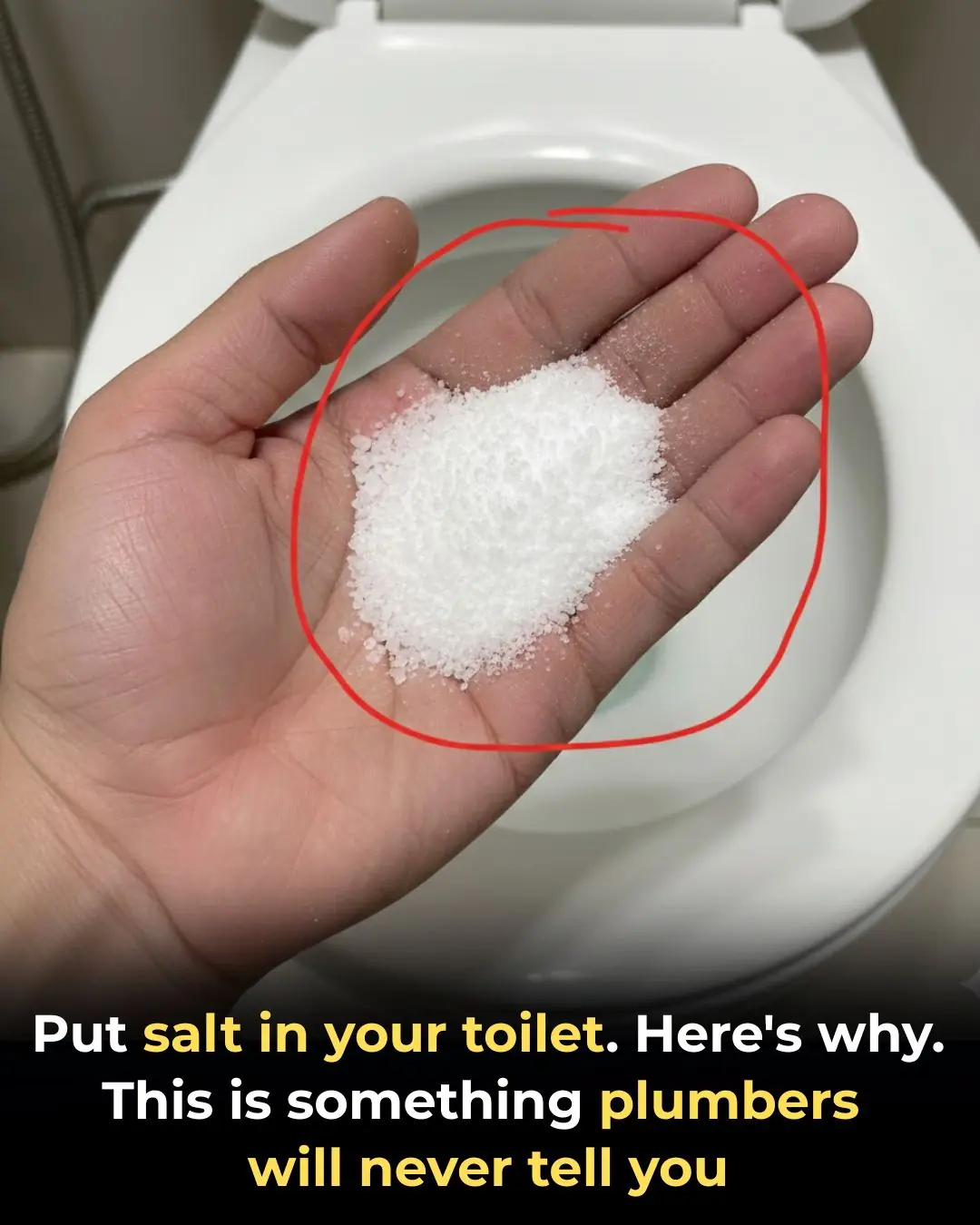
Why You Should Be Putting Salt in Your Toilet

Why Some Children Don’t Visit Their Parents Often

DIY Vaseline Cream: The 4-Ingredient Glow Hack That Makes Your Skin Baby-Soft Overnight

DIY Fenugreek Hair Masks for Hair Growth & Reducing Hair Fall

Will Americans Receive $2,000 Stimulus Checks? What You Need to Know

Revolutionary Miniature Implant Offers New Hope for Restoring Vision in Macular Degeneration Patients

A Simple Superfood That Enhances Your Baby's Brain Development During Pregnancy
